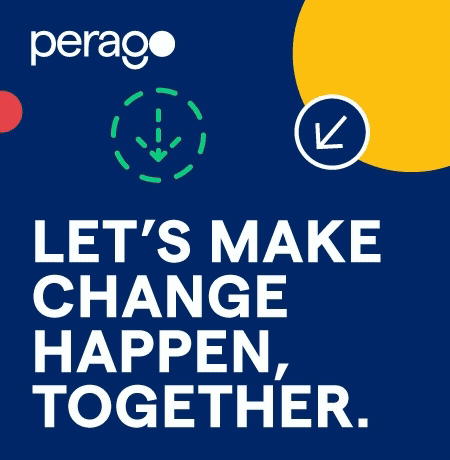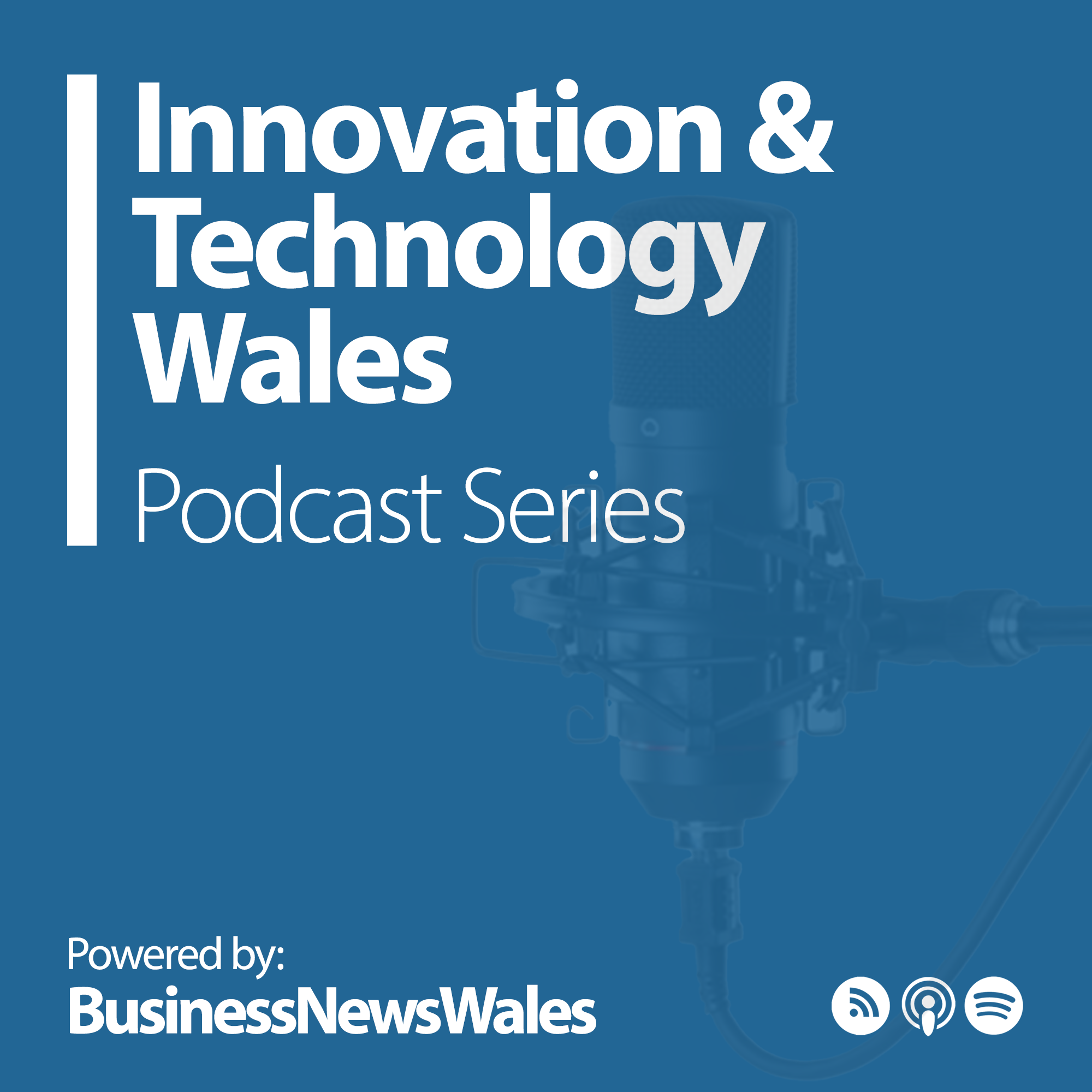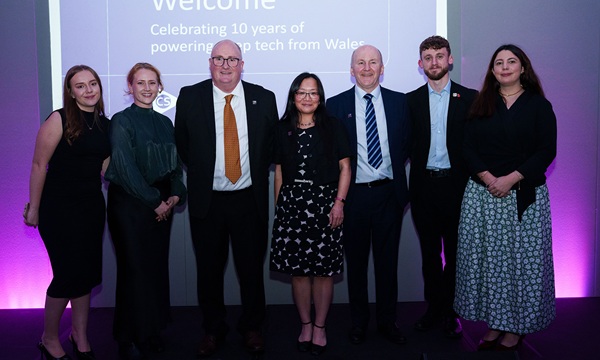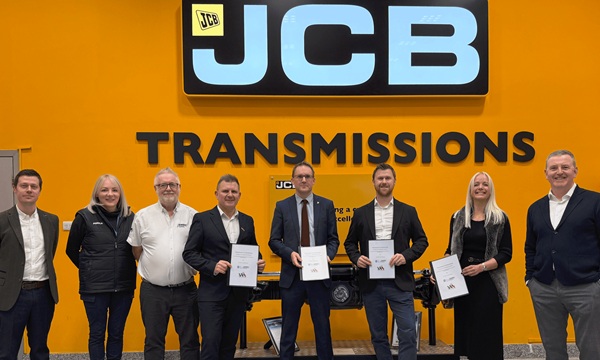
Written By:
Cordelia Payne, Consultant Partner &
Joshua Prior, Trainee Solicitor
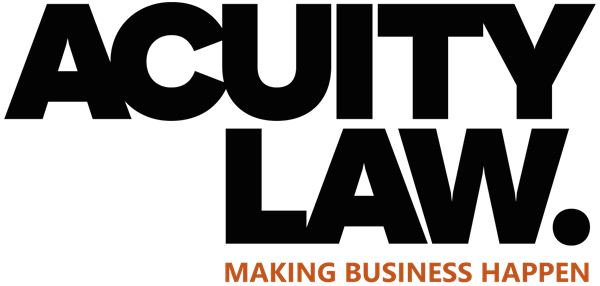
Generative AI tools can spin a song, sketch a logo, or draft a blog in seconds – but whose rights, risks, and responsibilities are hiding in the code and resultant works?
Below we unpack the fast-moving legal landscape which has seen a great clash between creatives and developers.
Firstly, what is Intellectual Property?
In the UK, there are four main types of IP: patents, trademarks, copyrights, and designs.
A patent is designed to protect an invention and typically lasts for 20 years. The invention must be new, capable of industrial application, and, crucially, involve an inventive step. It cannot fall within one of the statutory exemptions (as we will see below).
Trademarks protections of trades and goods which are distinctive and capable of representation on the register. Think the Apple logo, BP’s green petrol stations, or Coca Cola’s iconic glass bottles. Each example functions as a badge of origin to help consumers identify who or where the goods and services come from. Like patents, trademarks must be registered.
Copyright, unlike patents and trademarks, arises automatically on the creation of new eligible works and lasts for the lifetime of the author and for 70 years after their death. They protect the expression of an idea, not the idea itself so one idea could have two copyrights as long as they were expressed differently (think Twilight and Fifty Shades of Grey).
Designs protect the appearance of products – from consumer goods to packaging and symbols. The owner of the design can block future designs which look considerably similar. A design ensures the protection of a unique appearance.
Will generative AI hurt content creators?
Rights-holders are already voting with their feet and backing it up with enforcing their current legal rights. Getty Images’ landmark High Court claim against Stability AI over the alleged scraping of 12 million photographs is set for trial and could redefine UK fair-dealing limits for training data.
Meanwhile, more than 10,000 UK creatives from Sir Paul McCartney to independent illustrators have condemned the idea that copyright owners must “opt out” rather than grant permission for their works to be used by AI for training.
Their central fear is economic: if synthetic works flood the market, licensing revenues, reputation and bargaining power all erode.
Innovation v Invention – a patent perspective
Generative AI undoubtedly innovates: it recombines existing knowledge in useful, sometimes startling, ways. But can it invent? The Supreme Court answered “no” in Thaler v Comptroller-General on 20 December 2023, holding that the Patents Act 1977 requires a human inventor. Until Parliament says otherwise, AI-devised concepts cannot themselves be named as inventors, and patent ownership must still trace back to a natural person or company. Similarly, the UKSC is considering in Emotional Perception v Comptroller-General whether an artificial neural network (the backbone of any AI model) can be patented or is excluded because of the statutory exemption of a “program for a computer…as such.”
The Government’s latest thinking on AI & Copyright
The Government’s view is evolving at pace. A fresh Copyright and Artificial Intelligence consultation ran earlier this year and is now being analysed. It proposes:
- greater transparency from AI developers about the works used in development;
- stronger controls for copyright holders who do not wish their content to train models; and
- clarity on whether purely computer-generated output should benefit from copyright at all.
Expect a formal government response later this year; until then, the existing Copyright, Designs and Patents Act 1988 (CDPA) means the balance lays in the creatives’ favour – if they can prove it.
The emerging AI Bill
Running in parallel is the Artificial Intelligence (Regulation) Bill 2025 which would create an AI Authority, embed safety-and-fairness principles, and oblige businesses to appoint an “AI officer”. As a private member’s bill, its future is uncertain and unlikely to become law, but the direction of travel is clear. For now, however, the Government still favours a lighter-touch, pro-innovation model (but isn’t ready to commit to legislating this).
Key take-aways
1. Monitor the government’s consultation outcome – licensing or transparency duties could arrive before year-end
2. Map where generative AI affects you: creation, review, marketing, customer service.
3. Mind the gap between “innovation” and patentable “invention” – humans still sit in the driver’s seat for inventorship.
4. Make friends with regulators and your legal team; this field is moving faster than any algorithm can predict.
Generative AI is a remarkable tool, but – like any powerful machine – it works best when the guard-rails are firmly bolted on. Developers should be aware of the intellectual property rights of others and at the very least credit those IP rights, if not paying for them. Whilst existing legislation favours IP rights, we are sure to see an increasing number of AI cases making their way through the courts and judges may flip the script at any time.









